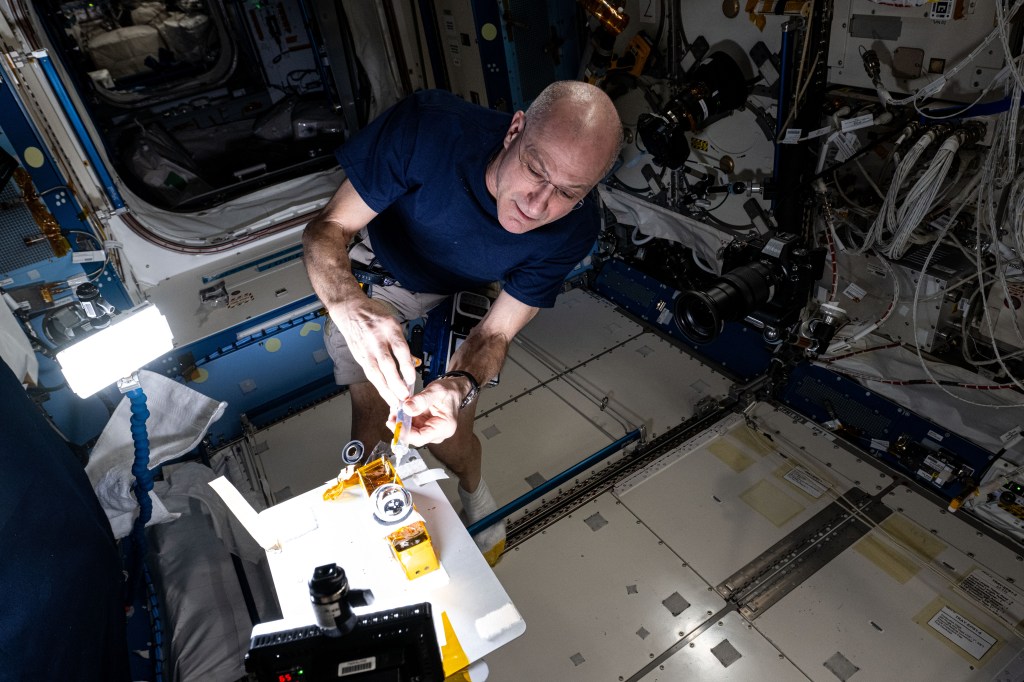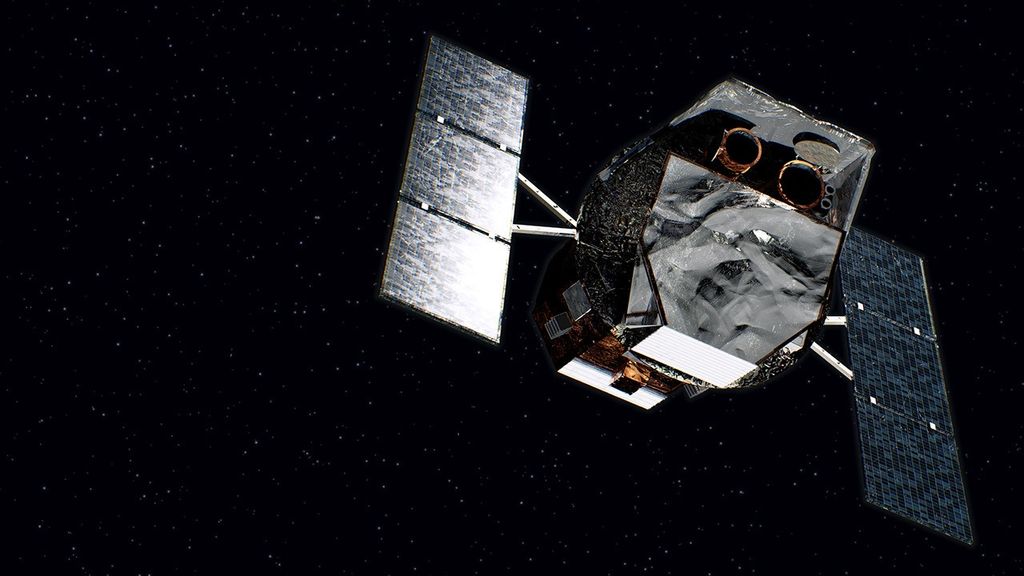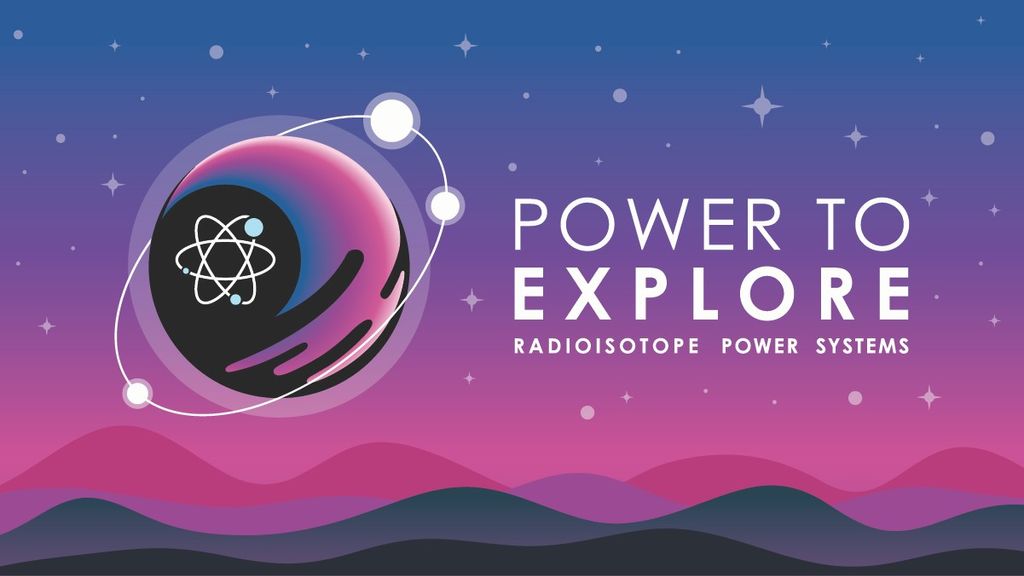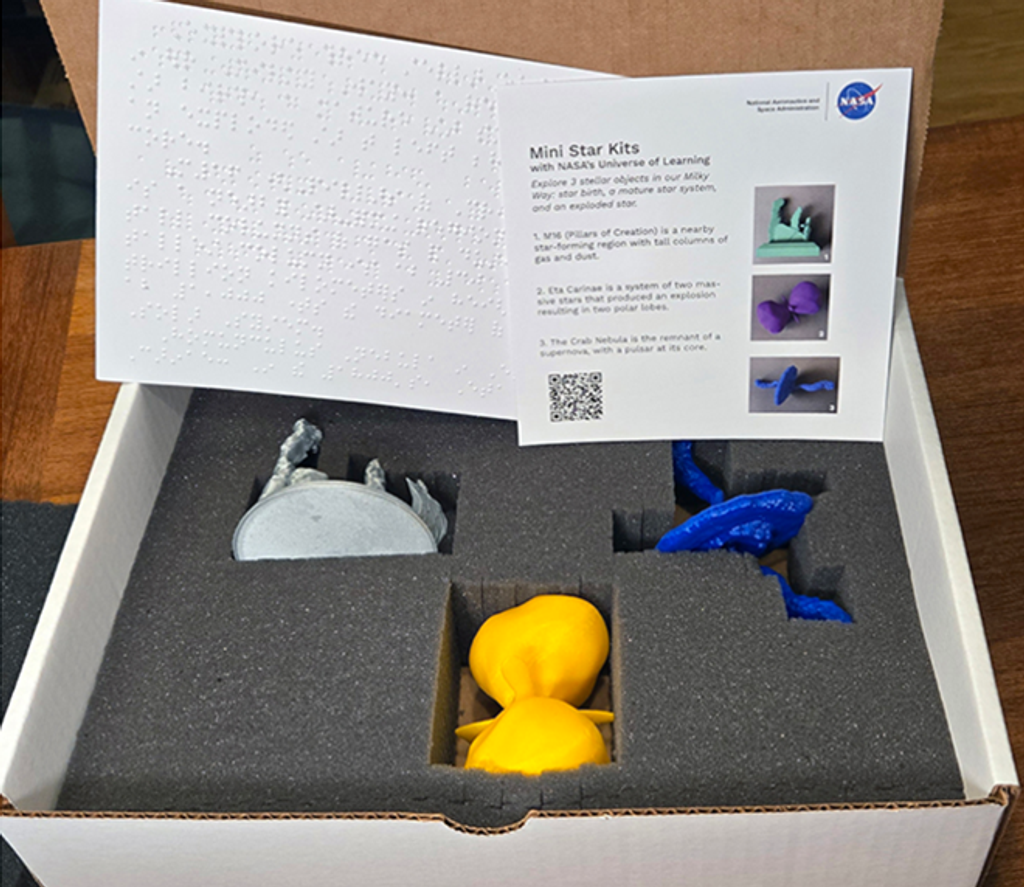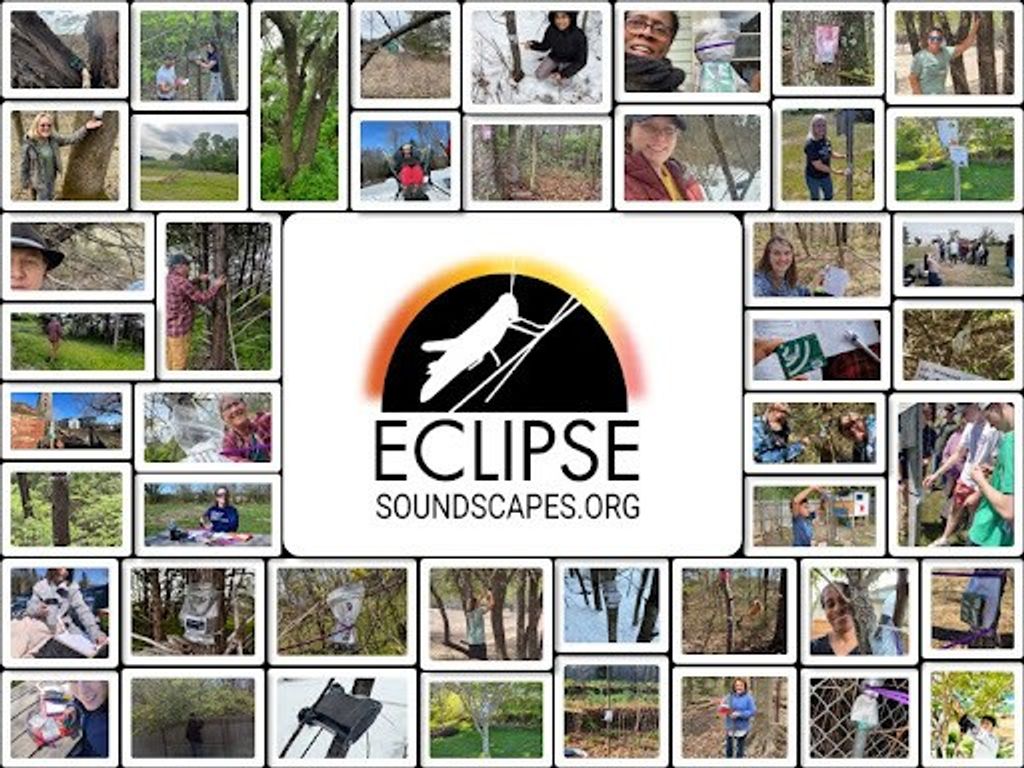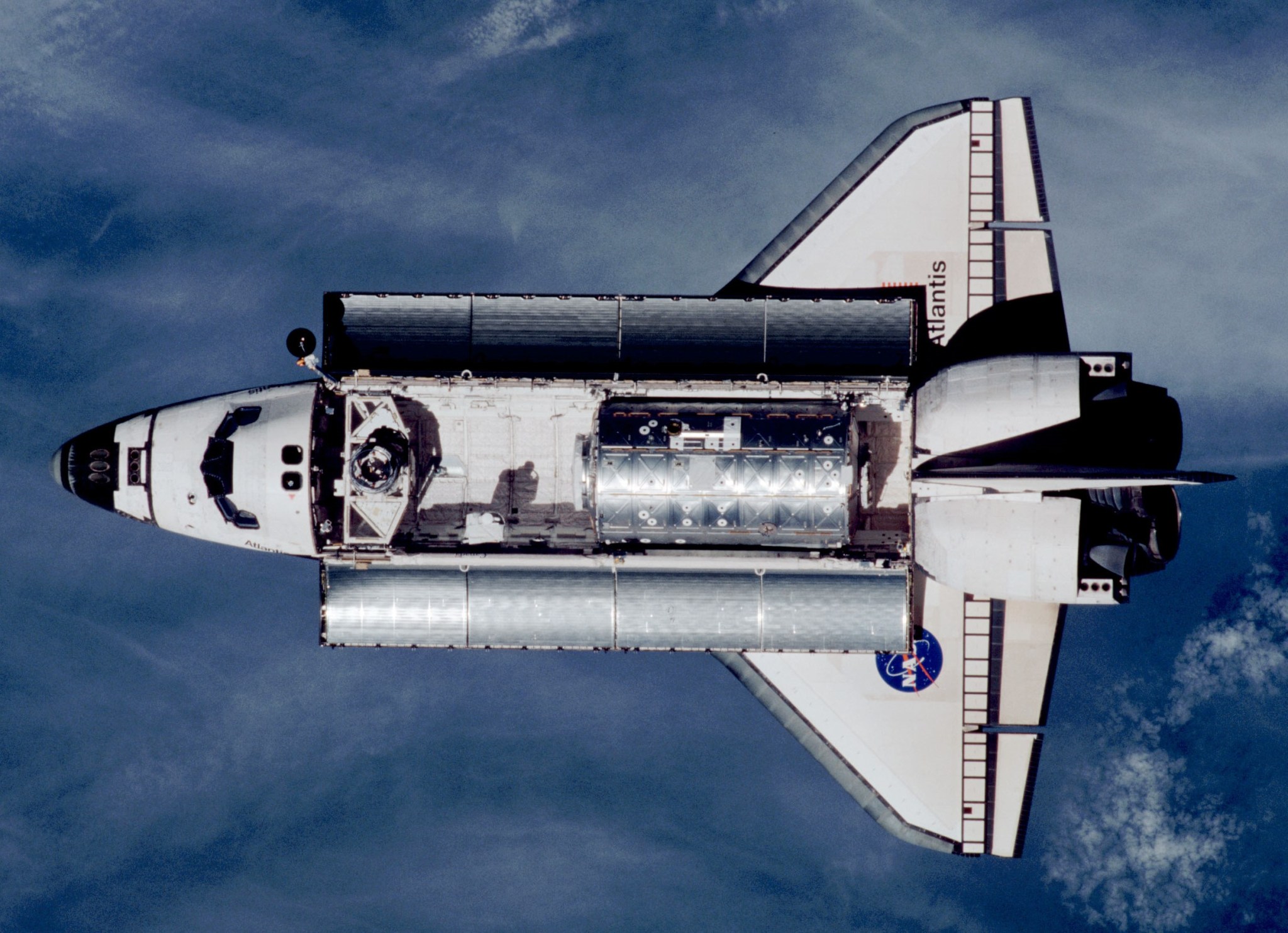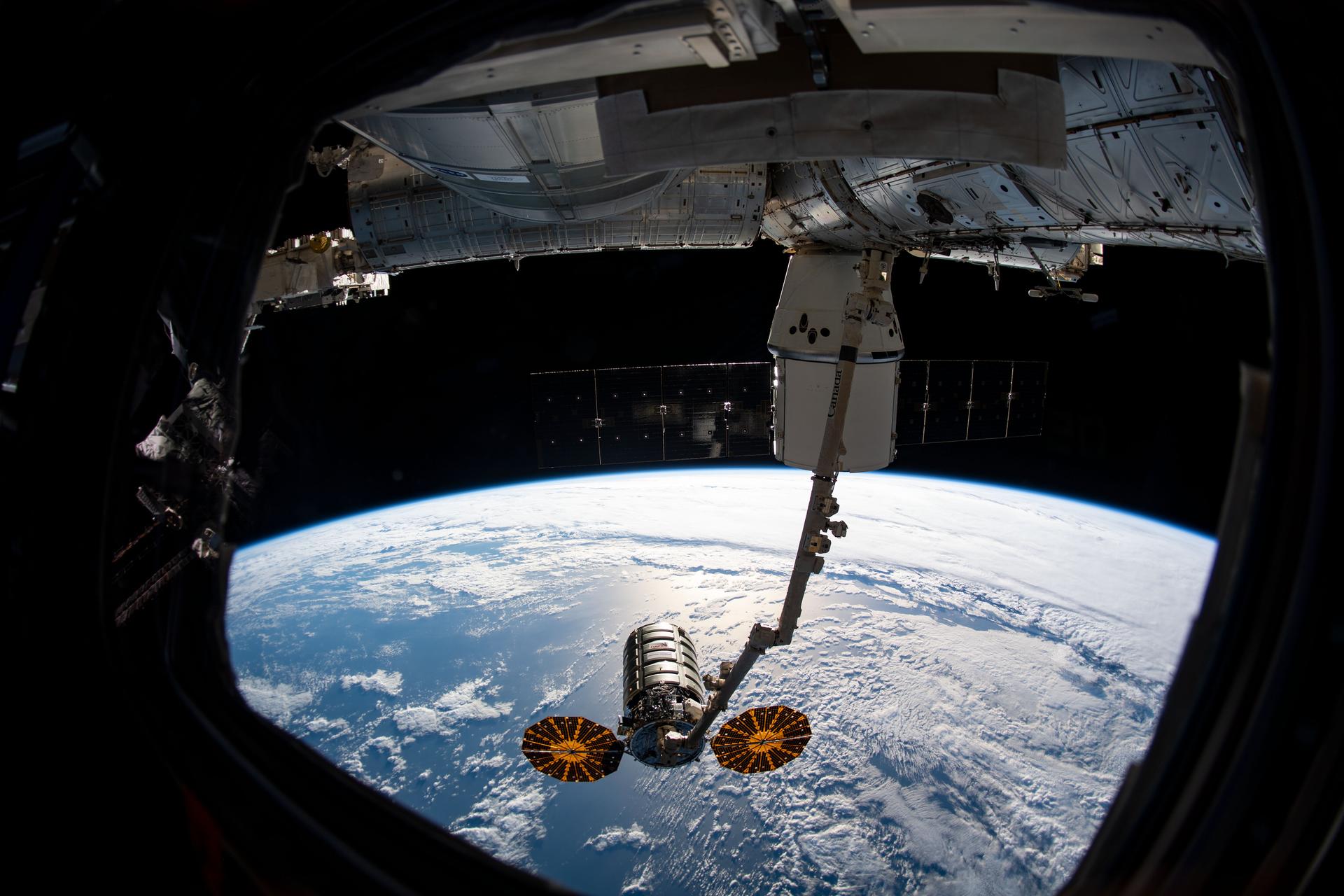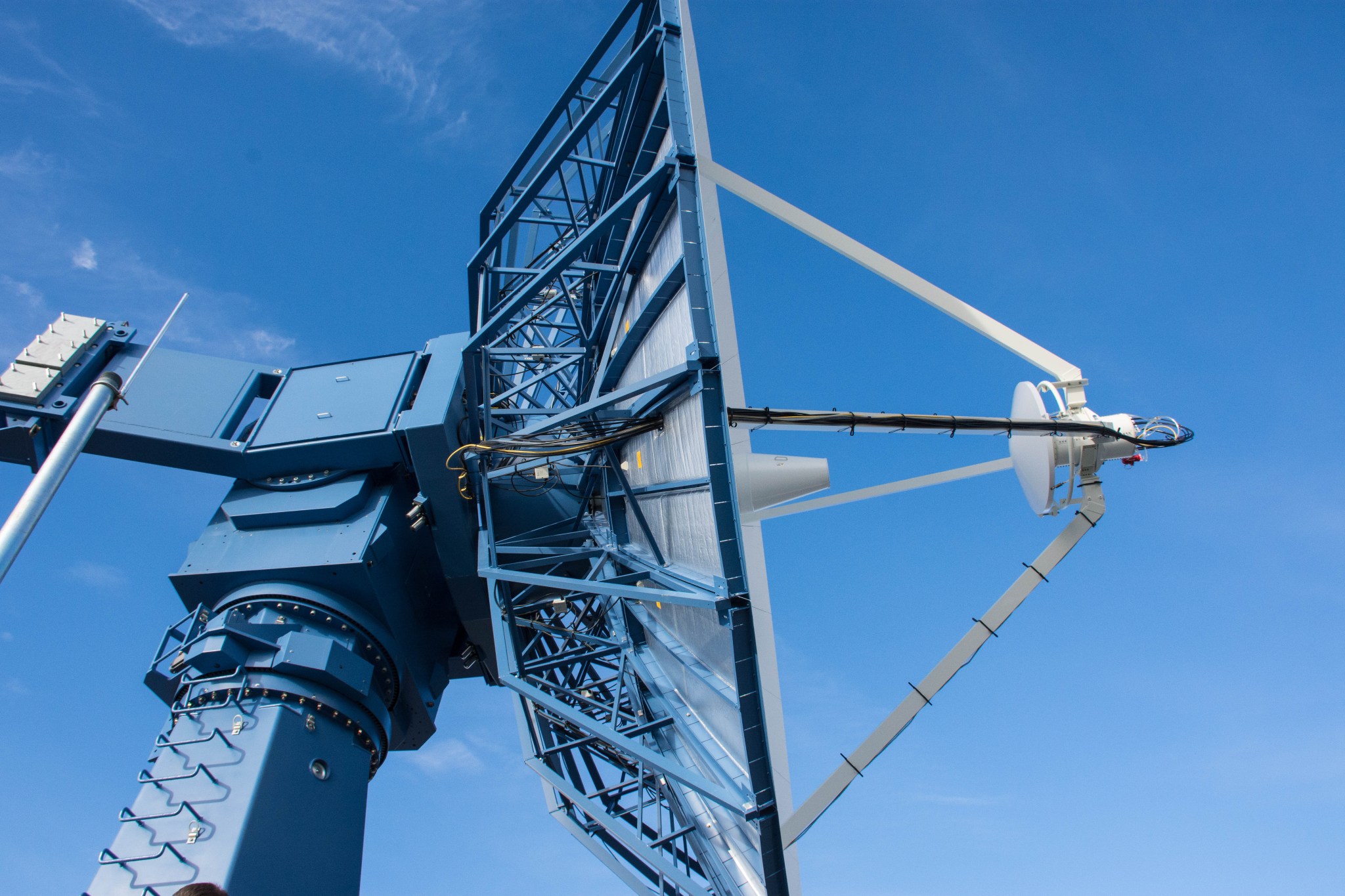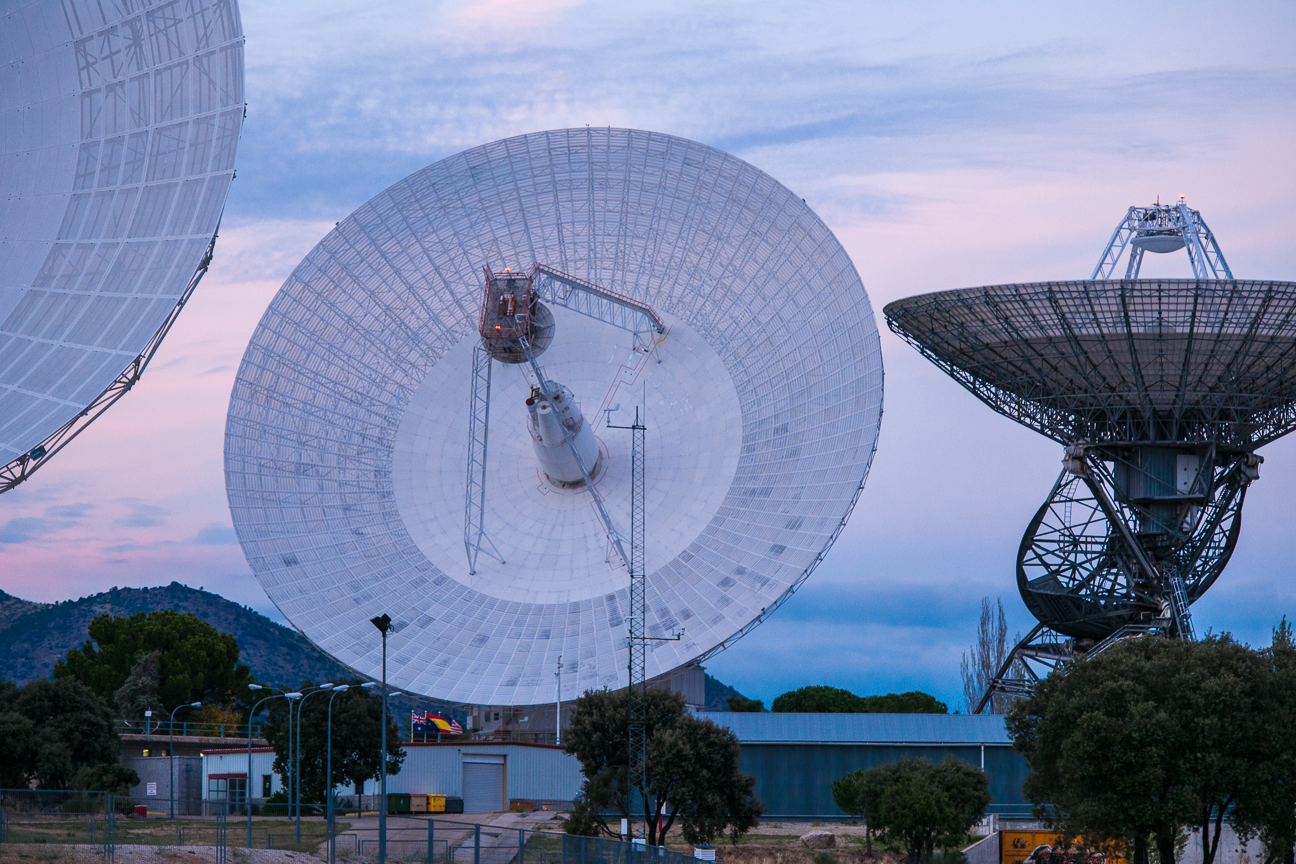NASA’s Space Communications and Navigation (SCaN) program seeks to engage commercial services for NASA’s missions, rather than continuing to build, maintain, and operate its own systems. From its inception in 1958, whenever NASA needed to receive data from one of its Earth observing satellites or talk to its astronauts in orbit, it used equipment and services it had needed to develop and build itself. Over time, however, commercial enterprise acquired the proficiencies necessary to reliably and securely communicate with objects in low Earth orbit (LEO), services NASA is now pursuing to purchase as any other near-Earth space customer. For more information on the transition to commercial services for mission communication, please see the SCaN Commercial Communications Services Division (CCSD) FAQ for Commercial Services Strategy.
History
Although NASA has always partnered with industry, the nature of that relationship is changing. Historically, NASA would design an exquisite system or spacecraft, select a commercial contractor to build it, oversee its construction in detail while sometimes changing its requirements, then own and operate the result. The government was the sole buyer/owner.
After the retirement of the space shuttle in 2011, NASA needed a way to get cargo and crew to the International Space Station. In cooperation with its international partners, NASA had spent more than a dozen years and $100 billion building this football-field-sized orbiting laboratory. NASA’s answer to this problem started a paradigm shift. Rather than follow the process described above, the new Commercial Orbital Transportation Services (COTS) Program would tell industry what NASA required to accomplish a mission safely, then have companies submit their concepts. NASA then chose the most promising plans and created a payment schedule based on their milestone accomplishments, thus ensuring that manufacturers’ own funds would be dedicated to the endeavor. Once all milestones had been reached and the vehicles certified, the manufacturers would deliver cargo for NASA—and any other customer the company could engage in the growing LEO commercial marketplace. Rather than building, owning, and operating a luxury sedan, NASA now essentially hails a taxi. The government had become one of many buyers.
This new paradigm has continued with the Commercial Crew Program and beyond. NASA has made the strategic decision to foster commercial capabilities in LEO and purchase what services it needs so that it can concentrate resources on building the infrastructure needed to explore, live, work, and produce beyond the near-Earth environment. Communications is a critical part of that infrastructure.
Policies
In the last decade, there have been several national policies that have supported the movement of NASA’s role from purchaser of self-designed products to hirer of capable commercial services. The first of these was the National Space Policy of 2010; one of the goals was to, “Energize competitive domestic industries to participate in global markets and advance the development of: satellite manufacturing; satellite-based services; space launch; terrestrial applications; and increased entrepreneurship.” This document also contained an entire section on Commercial Space Guidelines, which included the directive to, “Purchase and use commercial space capabilities and services to the maximum practical extent when such capabilities and services are available in the marketplace and meet United States Government requirements.” Also in 2010, Congress passed the last enacted NASA Authorization Act, one of whose key objectives was “to sustain the capability for long-duration presence in low-Earth orbit…through assisting and enabling an expanded commercial presence in, and access to, low-Earth orbit, as elements of a low-Earth orbit infrastructure.”
More recently, the 2018 National Space Strategy stated that, “The United States will partner with the commercial sector to ensure that American companies remain world leaders in space technology.” The 2010 National Space Policy was updated in 2018, although no changes were made to the Commercial Space Guidelines. So, for the past decade it has been national policy to use commercial services to the maximum extent practicable, as evidenced by policy directives produced by the legislative branch and multiple administrations of the executive branch. This endeavor is here to stay.
Motivations
SCaN is eager to engage with industry to take advantage of commercial advances in ground and space networks—as well as the evolution of ubiquitous network services for terrestrial users—and bring that capability and power to space users. Although commercial direct-to-Earth services are well-established, more complex and emerging capabilities such as space-to-space communications, optical communications, and quantum communications have yet to be well-developed commercially (or, in the case of quantum, at all). SCaN would like to create a virtuous cycle of investment and capability development between NASA, the Department of Defense, and commercial entities. This way, no single organization would bear the entire burden of developing technology from Technology Readiness Level (TRL) 0 to 9. The different sectors can invest at various points along the development cycle, and nominally everyone benefits in the end. By shifting routine LEO communications services to the commercial sector and working inter-sectorally on advanced capability development, NASA can refocus its resources on deep space communications, next leaps in technology, and communication and navigation requirements of the lunar and Mars campaigns.
Over the last several decades, industry has invested in rapidly progressing communications and networking technology; NASA wants to leverage those commercial investments to curtail the infrastructure maintenance and operational costs that currently dominate its budget. NASA would be one of many customers defraying these costs and creating a more robust commercial marketplace that provides space users with a variety of diverse services at competitive prices. The evolution of that market would also support interoperability, allowing space users to roam seamlessly between commercial services and networks.
Standardization
Although SCaN welcomes partnering with commercial service providers in LEO, some challenges must be addressed. One lies in the arena of communications standards, hissorically the backbone of NASA’s success in the civil space community. Through the Consultative Committee for Space Data Systems (CCSDS), NASA has worked with international space agencies to create common standards that allow cross-support and interoperability. To adapt to commercial industry networks and systems, NASA SCaN will collaborate with industry partners to adopt commercial standards where feasible and eventually establish mutually beneficial standards that enable real interoperable communications between all users in space.
A fitting analogy is the transition of cellular data provision from 2G to 3G and 4G. Initially, the cell phone market was fractured by multiple competing standards. Technological limitations resulted in minimal competition and high prices for end users. Eventually, phone manufacturers and mobile service providers realized the economic incentives for interoperability. They stood up the Third Generation Partnership Project (3GPP) that resulted in the 3G and 4G standards and technologies, which expanded their market and substantially increased their revenues. This is what SCaN envisions in near-Earth space: giving users that same experience of robust and versatile communications—seamless, inexpensive, and standardized. (SCaN is already considering how to take the work of the 3GPP to the Moon.)
Understanding that it will take time to create and agree on standards supporting interoperability, NASA is working on user terminals that can flexibly operate at different frequencies and are “multilingual.” The term “multilingual” indicates the capability for the radio to communicate with different systems that may implement proprietary protocols and waveforms. These wideband and multilingual radios will allow NASA missions to access communication services from multiple providers even when providers rely on proprietary implementation approaches for services. In the long-term, NASA hopes that such terminals could be leveraged by other non-NASA users and even produced commercially.
Cybersecurity
Cybersecurity is an ever-growing concern for U.S. infrastructure, including SCaN’s space networks. Some topics NASA must address during this transition include co-location of radio-frequency equipment, sharing of equipment, shared data/network lines, data storage and transport, and overall network reliability and resiliency. SCaN understands industry is moving further toward cloud services and is interested in exploring that capability.
Spectrum
Another challenge to commercialization is spectrum regulation. SCaN works within the appropriate national and international fora, but there is a long road ahead to ensure that NASA’s missions will be able to use spectra currently allocated for commercial fixed and mobile satellite services. Those allocations need updating through international agreement to allow space-to-space use.
Capability Gaps
The potential for capability gaps will require diligent monitoring. NASA missions require different services—e.g., data rates, reliability, and availability of network service for a launch or a human spaceflight mission will be different than a small explorer class Earth science mission. SCaN must determine what portion of that diverse capability need can be supported by the commercial sector. If a current or future mission has no matching commercial solution, NASA must determine how to mitigate or accept any impacts to mission capability. The greater number of commercial providers SCaN can buy services from, the more robust the set of capabilities and the lower the risk for NASA’s missions.
When it comes to supporting NASA legacy missions, the never-ending advance of technology presents its own, unique set of challenges for commercial providers. For example, Voyager 1 and Voyager 2 were launched in 1977 and are still operational. The technology on those spacecraft is more than 40 years old, and SCaN’s Deep Space Network (DSN) is currently the only network in the world that can communicate with them. Voyager is a deep space mission, though many of NASA’s missions are long duration and could require long-term commercial support. Commercial technology is ever advancing, and one of NASA’s risks in moving to commercial services is losing legacy mission support.
Navigation Gaps
Currently, SCaN’s networks contribute radiometric data that is used in navigation solutions. For commercial vendors, that service isn’t standard. This is a major shift for NASA mission users. In a worst-case scenario—perhaps a spacecraft tumbling in space—the current Near Space Network has the capability to help resolve the situation. NASA’s missions can and often do use GPS (or other Global Navigation Satellite Systems – GNSS), but relying on it exclusively simply introduces another layer of risk. SCaN is developing a hybrid of GNSS and other sensor capabilities/services in which commercial partners could collaborate or use to meet their navigation needs.
Comfort Zone
Finally, use of commercial services will require NASA missions to move out of their comfort zones. Adapting to new technology and service paradigms can be difficult; mission planners tend to prefer heritage communications and networking systems they perceive as lower risk. Also, NASA is accustomed to having insight into and control over its network, particularly for crewed missions. SCaN understands that for a commercial network with thousands of customers, that’s not a “normal” mode of operation and will need to adjust accordingly.
SCaN Commercialization Activities
Within the Near Space Network, SCaN operates network assets providing direct-to-Earth (DTE) communications support (previously the Near Earth Network – NEN), and space-based relay communications support (previously the Space Network – SN). These capabilities have differing time horizons for shifting to commercial services. SCaN has been using ground stations owned and operated by commercial vendors for direct-to-Earth communications for decades. With the continued growth in providers and capabilities, that market is primed and ready for expanded commercialization. Commercial satellite communications, however, has been geared toward terrestrial users rather than the space-to-space relay needed for NASA’s purposes, so those capabilities require maturation for space-based users. As a result, SCaN’s approach to commercialization follows two coordinated, parallel tracks focusing on ground networks and space relay.
Direct-to-Earth
SCaN has a goal of using 100% commercial ground networks for new and existing missions by 2023. Already in 2020, nearly 60% of NEN service support time was maintained by non-NASA partner ground stations. In June 2020, Goddard Space Flight Center (GSFC) issued a Request for Information (RFI) to seek commercial direct-to-Earth communications services. The plan is to move forward with an acquisition in fiscal year 2021. These efforts are being coordinated by teams at GSFC, newly aligned to make these commercial efforts successful. The Near Space Network Project (NSN)—which will combine and expand the NEN and SN—will be responsible for the coordination of services for missions using an array of commercial assets, and the Commercialization, Innovation, and Synergies Office will lead outreach and engagement with commercial entities.
Space-to-Space
Most commercial satellite communications services have been designed for terrestrial or aeronautical users. Supporting space users moving at 17,000 mph will pose new, fundamental technical challenges. NASA wants to collaborate with industry to validate that commercially provided services can meet mission needs. SCaN will not be replenishing its Near Space Network satellites, so it is pursuing demonstration of commercial space-to-space relay services into which new space users can be transitioned by 2030. SCaN will be issuing an announcement to engage companies in a series of rolling demonstrations beginning in 2021 using funded Space Act Agreements. The Communications Services Project at Glenn Research Center is responsible for working with industry to execute these demonstrations and prepare for potential future acquisition of services.
Engagement
Engagement with industry and the public is a critical part of this effort. On October 29, 2020, SCaN hosted a virtual event called SCaN The Future that explained how its transition from provider to customer will improve every consumer’s communications experience in low Earth orbit. Among the more than 400 event attendees were several hundred potential industry partners. They had their thoughtful questions answered by expert NASA panelists and provided valuable feedback to the SCaN commercialization team. NASA’s Goddard Space Flight Center and NASA’s Glenn Research Center will host subsequent acquisition-specific virtual events. Goddard has already released a Request for Information (RFI) for lunar communications and navigation relay services as part of the LunaNet architecture, which will support the Artemis missions and a sustained presence at the Moon.
This is a holistic effort spanning NASA’s Center teams and encompassing all the moving parts—from technical challenges, to understanding the business and operational perspectives of a commercial offering, to working with SCaN’s user community to ensure the new commercial service provisions will meet their mission needs. The efforts currently underway are necessary to make this commercialization effort successful.



